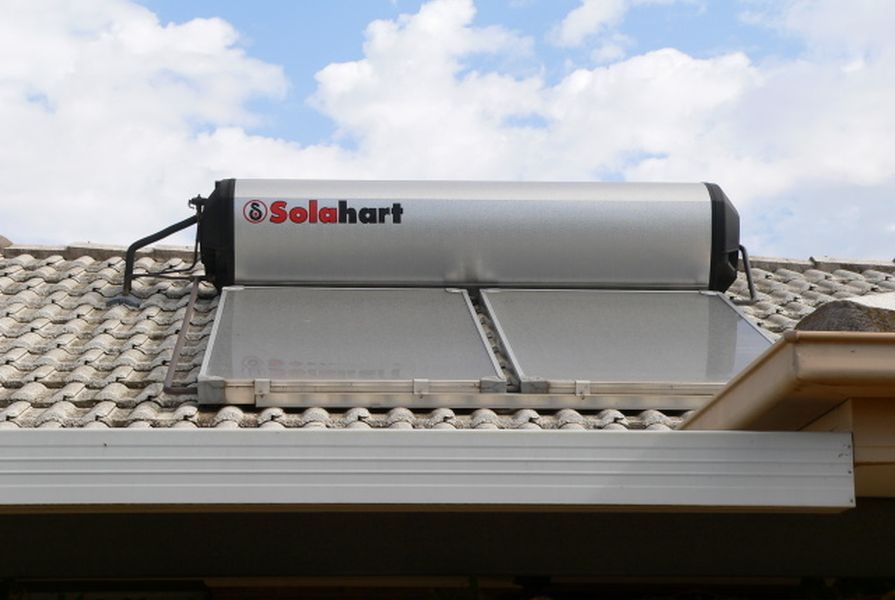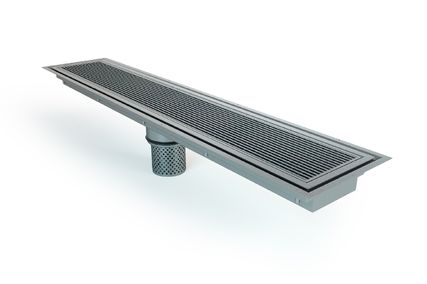Australia will have spent $9 billion subsiding solar panels on residential homes by 2028, but would have been better off using other means to change energy consumption, according to a report by independent think tank the Grattan Institute.
Around 1.4 million homes have had solar panels installed on their roofs since 2001, with many taking advantage of government subsidies, making Australia the country with the highest proportion of residential solar panels in the world. Despite this, its capacity to produce solar energy is quite low compared to other countries such as Germany that rely on larger-scale solar projects.
The “Sundown, Sunrise: How Australia can finally get solar right” report found that a much more cost-effective means of adapting energy use to renewables would be to introduce tariffs that encourage people to avoid using power during peak times.
The report predicts that renewable energy will undergo a dramatic transformation as batteries that can store the energy collected during peak sunlight hours become more widely available.
An announcement by Tesla Motors in the USA earlier this month about their wall-mounted battery storage units that can hold up to 10 kilowatt hours of energy was seen by many to be a watershed moment in the accessibility of renewable energy.
According to a 2013 report by the Clean Energy Council, almost 14 percent of Australia’s electricity was generated using renewable technology.
The federal mandatory renewable energy target introduced under the Howard government in 2001, and feed-in tariffs introduced in various states, encouraged the uptake of renewable energy sources such as solar for homes.
The Grattan Institute’s energy program director Tony Wood said that although residential solar panels have reduced carbon emissions, cheaper and more effective ways of doing so should be explored as energy storage batteries change the landscape for renewable energy.
“The journey to a new electricity system has begun,” he said.
“If we manage the transformation poorly, consumers will pay again. If we do it well, everyone can benefit from a more efficient, sustainable and affordable system.”
To read the full report, click here.
















